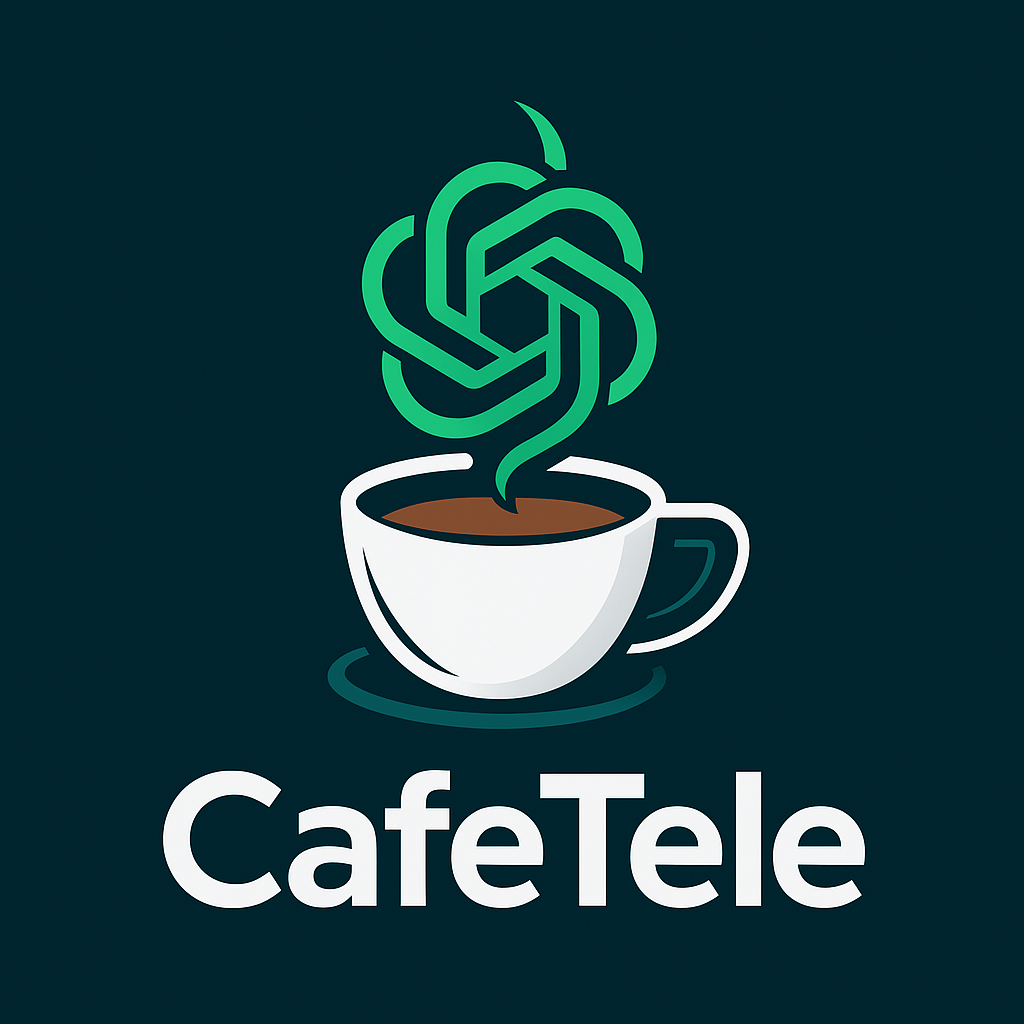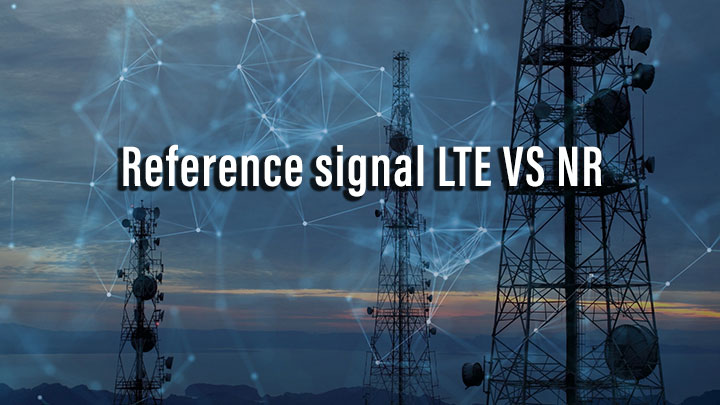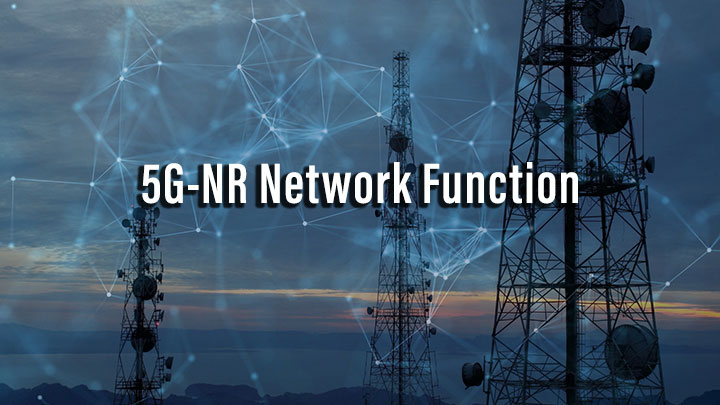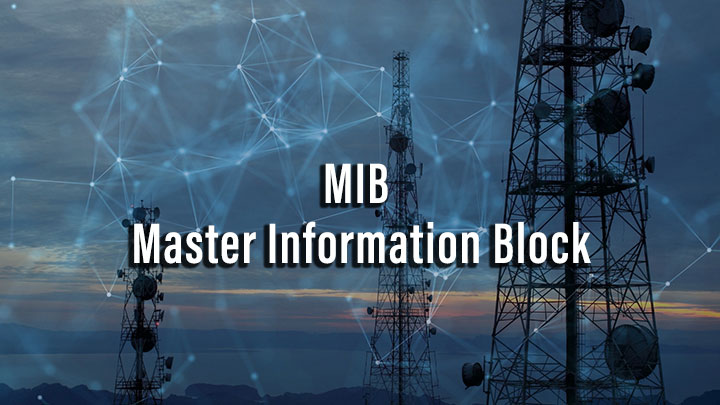Key performance indicators
From IMT Advanced to IMT 2020 Performance measure Requirement Peak data rate DL: [20 Gbps] UL: [10 Gbps] Peak spectral efficiency DL: [30 bps/Hz] UL: [15 bps/Hz] Spectrum Scalability Yes Bandwidth Reference to IMT-2020 Bandwidth Scalability Yes Control plane latency [10 ms] UP latency URLLC, one-way [0,5 ms] UP latency eMBB, one way [4ms] Latency…










